Venue: Luna Bar – Hotel Kyjev
Rajská 2344/2
811 08 Bratislava
Time and date:
25.6. – 15:00 – 20:00
26.6. – 12:30 – 19:00
27.6. – 12:30 – 19:00
Entry: 3 EUR
The acclaimed interactive VR installation Biidaaban: First Light by Canadian artist Lisa Jackson guides you through a utopian-dystopian Toronto in the wake of climate apocalypse. This fundamental work of so-called ‘indigenous’ futurism has been seen by over 25 000 visitors all around the world. The installation raises questions about our place in history, offering a view of an anti-colonial future and world through the eyes of indigenous cultures.
The English science fiction author and political activist China Miéville writes in his critical essay The Limits of Utopia that a sort of utopia after the apocalypse, or as he calls it “utopalypse” is increasingly becoming the only way to imagine utopia because the prospects of the apocalypse of climate change are now becoming increasingly real.
In Lisa Jacksons’ VR Installation Biidaaban: First Light Toronto’s Nathan Phillips Square is flooded. Its infrastructure has merged with the local fauna; mature trees grow through cracks in the sidewalks and vines cover south-facing walls. People commute via canoe and grow vegetables on skyscraper roofs. Urban life is thriving.
Contrary to the usual post-apocalyptic narratives Biidaaban presents a world that is strangely calm and contemplative. Jackson ditches VR’s affinity to spectacle and sensory bombardment. Biidaaban’s sonic properties are built on natural sounds full of crickets and birds. The fauna-dominated soundscape together with the use of languages native to the land invokes a sort of pre-colonization era landscape while depicting a future which “conveys both fragility and resilience, grief and hope, loss and possibility.” Instead of struggling against the environment, the inhabitants co-exist within it and with it – they commute via canoe through flooded subway systems and grow vegetables on skyscraper roofs. Emphasizing the power of self-determination via community, interdependency, interspecies empathy as opposed to the technological solutionism Jackson’s vision echoes the Solarpunk futures, but it expands the typical brightness of the genre with a more complex outlook. It is a vision grounded in the Indigenous principles of the cyclicality of time where sustainable existence relies upon age-old technologies of Indigenous knowledge, art, and science.
In the Anishinaabemowin experience, time is perceived as nonlinear – it collides and enables open-minded perception of being in the world. The persistent focus on distant future and past anchors oneself in a mindful relationship to present, to other human and non-human animals, and to the land itself. Anishinaabemowin people often view themselves as a part of an unbroken chain of ancestry reaching both into the past and outwards. This principle has a long history and is persistent through multiple Indigenous cultures.
By projecting the concepts of the nonlinearity of time into the future Biidaaban cements the presence of these philosophies as a vital component of the Indigenous present while highlighting its persistence in the future against the odds of neocolonialism.
Rooted in the realm of Indigenous futurism, Biidaaban: First Light is an interactive VR time-jump into a highly realistic—and radically different—Toronto of tomorrow. As users explore this altered city now reclaimed by nature, they must think about their place in history and ultimately their role in the future.
Language carries the knowledge of its speakers. Indigenous North American languages are radically different from European languages and embody sets of relationships to the land, to each other, and to time itself. But as Indigenous languages face the risk of disappearing, we risk losing what they have to teach us.
As we move through a highly realistic future Toronto reclaimed by nature, they hear the languages of the place originally known as Tkaronto. Through gaze-based interactions, users engage with the written text of the Wendat, Kanien’kehá:ka (Mohawk) and Anishinaabe (Ojibway) and gain insight into the complex thought systems of this land’s first peoples.
The VR environment was created using to-scale architectural models of Toronto’s Osgoode subway station and the buildings surrounding Nathan Phillips Square.
other performances
- David Helbich: Square Waves and Round Hits
- Dorota Brázdovičová: Stories of the Inflamed Head
- Holland Andrews: There You Are, A Phonecall Micro-performance
- Jessica Ekomane: QO2
- Marta De Pascalis
- Thomas Ankersmit: Perceptual Geography
- Watching Sounds: Deep listening workshop for kids
- Emily A. Sprague / Alexandra Cihanská Machová: Little Nap Music
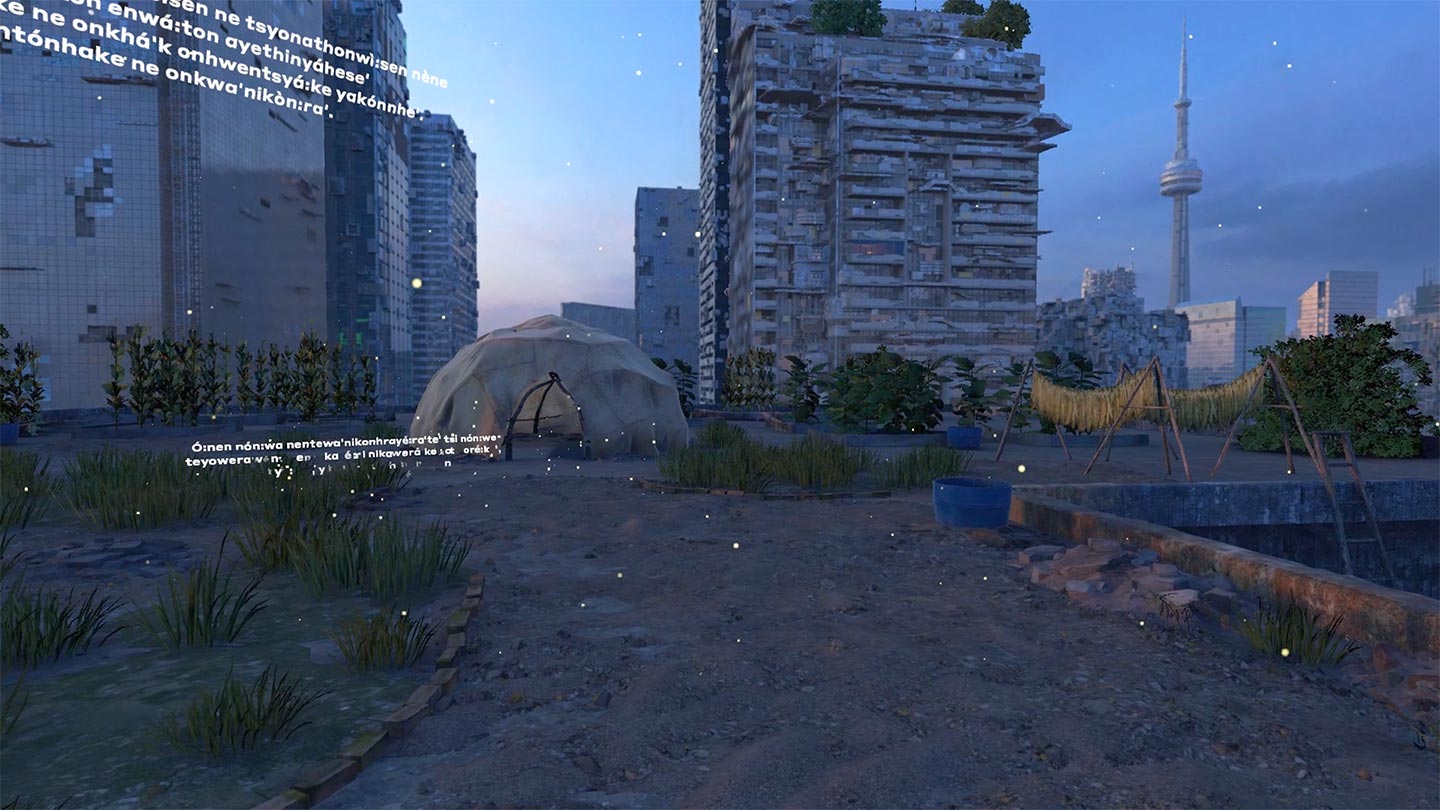
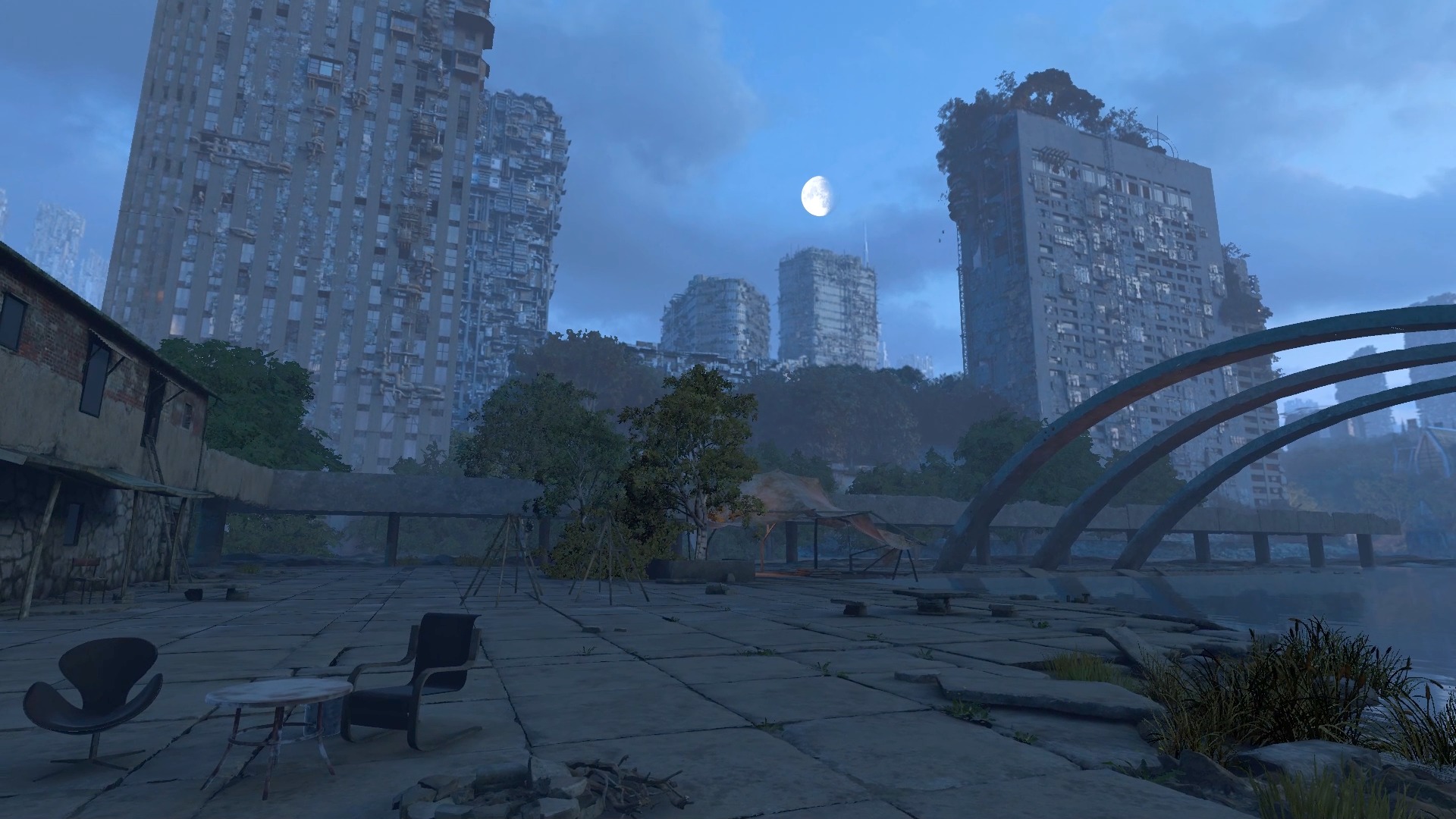
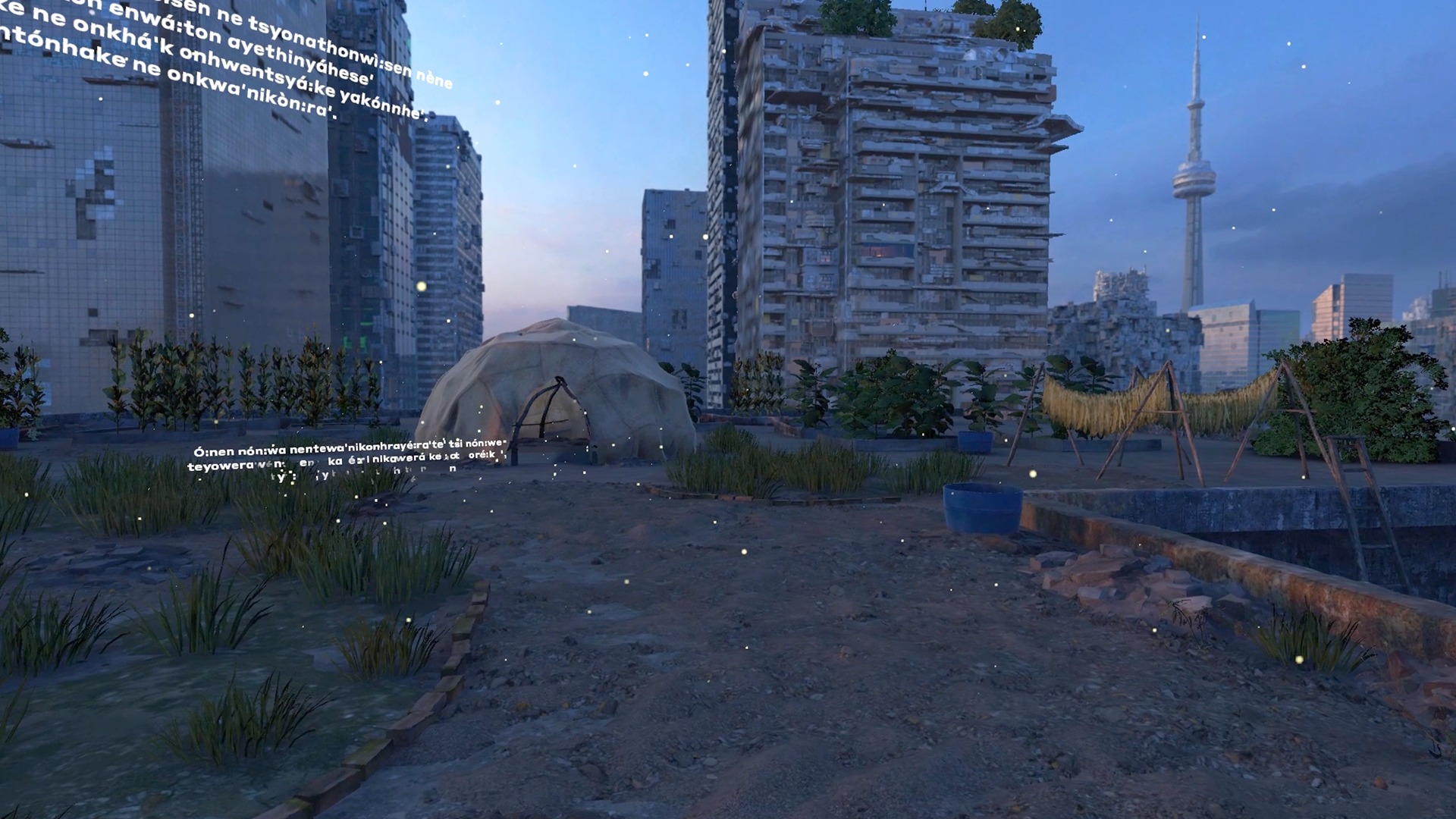
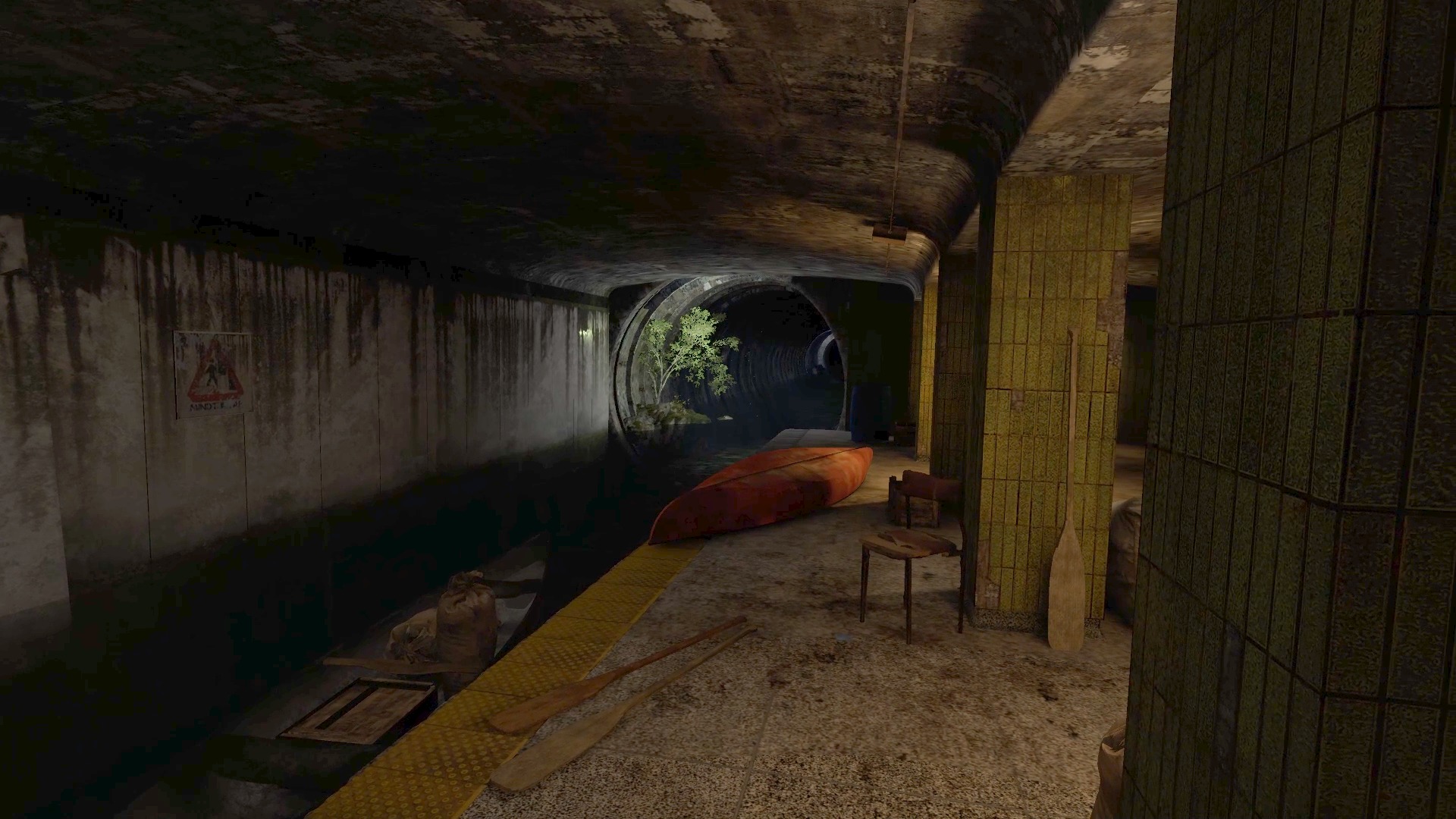

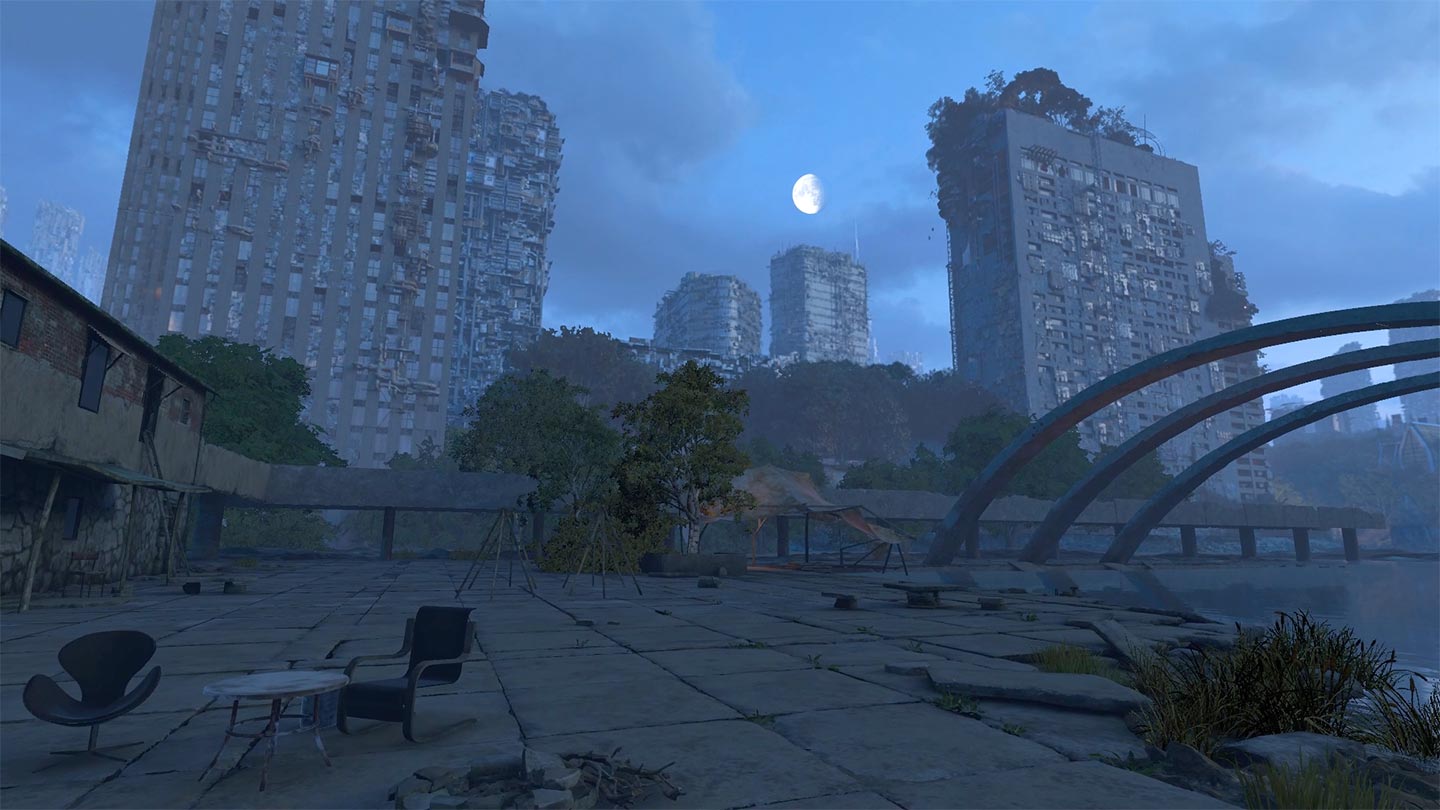

 up
up
 back
back